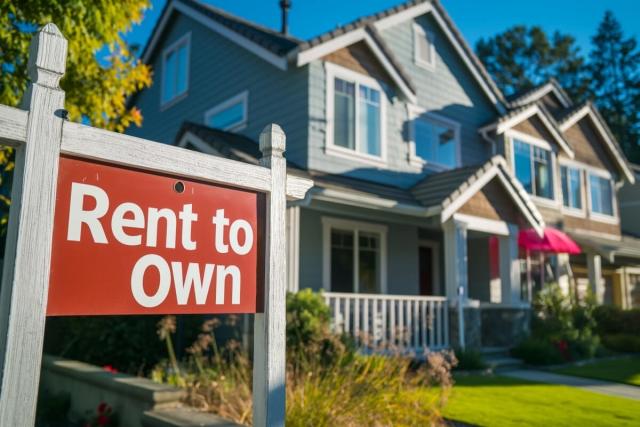Fall 2023 Housing Market Outlook
Despite higher mortgage rates, the market remains as competitive as ever thanks to strong demand coupled with tight inventory supply, due, in part, to those who purchased homes in recent years at record-low interest rates staying put.
Since mortgage rates remain higher than the average over the last few years, home sales (and in some areas, home prices as well) are hitting the brakes. Uncertainty is premeating the market. It's no wonder many homeowners, prospective sellers and hopeful buyers are feeling nervous.
The national average 30-year fixed mortgage rate increased by 18 basis points in May, while pending home sales were flat and existing home sales sagged in April. A basis point is one-hundereth of one percentage point. As of the second week of August, the 30-year fixed rate mortgage edged near 7% rising to 6.96% the week ending August 10th.
Housing Inventory Outlook for August 2023
Low howuing inventory has been a challenge since the 2008 housing crash when the construction of new homes plummeted. It still hasn't full recovered and won't in 2023.
Housing supply remains at historic lows (espcially entry level supply) consequently propping up demand and sustaining higher home prices.
Even so, new single-family homes have been coming to the rescue (to some extent, at least) enticing eager shoppers frustrated by the limited resale inventory and competition. Moreover, the price gap between the median existing home sales price and new home sales price has closed markedly in recent months, another incentive enticing home seekers.
Nonetheless, new home sales took a small hit between May and June as mortgage rates sailed past the 6.5% mark. Sales dipped 2.5% nation wide to 697,000 new single family homes selling in June compared to 715,000 in May. The median sales price for a new home was $415,400, according to the U.S. Census Bureau and U.S. Department of Housing and Urban Development (HUD).
In October 2022, the median sales price for a new home was $496,800, while the median existing home sales price was $378,000 (a difference of a whopping $118,000). This gap has since narrowed by roughly 96%.
Inventory of unsold, existing homes was unchanged between May and June, shackoing existing inventory to a paltry 3.1 month supply at the current sales pace. Existing inventory has remained stalled at record lows for months. Many experts say a balanced housing market has four to size months of inventory. According to Zillow's analytics, the United States ultimately need roughly 4.3 million more homes in order to close this gap entirely.
Will mortgage rates continue to climb?
This is always a tough question to answer because in all reality, no one really knows what's to become of interest rates. However, there are many industry professionals with their opinions and predictions.
Rates for home loans remain caught in the ongoing battle between still-high inflation and the Federal Reserve's campaign to rein it in, which has played a role in driving long-term mortgage rates higher, consequently hampering the housing market.
Though the July 2023 inflation reading stands at 3.2% (after spiking to 8.5% in July 2022) the rate remains above the Fed's 2% inflation target.
Current Mortgage Rate Trends
The average mortgage rate for a 30-year fixed is 7.12%, nearly double what it was in early 2022 (3.22%).
The average cost of a 15-year, fixed rate mortgage has also surged to 6.55%, compared to 2.43% in January 2022.
In the current environment, ARM loans might be more affordable that those with fixed rates. The latest average for a 5/1 ARM was 6.04%.
Mortgage Rate Predictions
While predicting mortgage rates for the next five years is a difficult task, especially considering the unprecedented fluctuations over the past year, experts say te low housing inventory will be a key factor in where rates go over the long term.
As far as which direction interest rates go in the years ahead, many experts predict declines. However, the timeline for the downward trend remains uncertain. If the inflation rate can hold at 2%, then we should see mortgage rates remain at lower levels for the balance of the next few years - but again, this is entirely based off of many different factors.
Categories
Recent Posts










GET MORE INFORMATION

